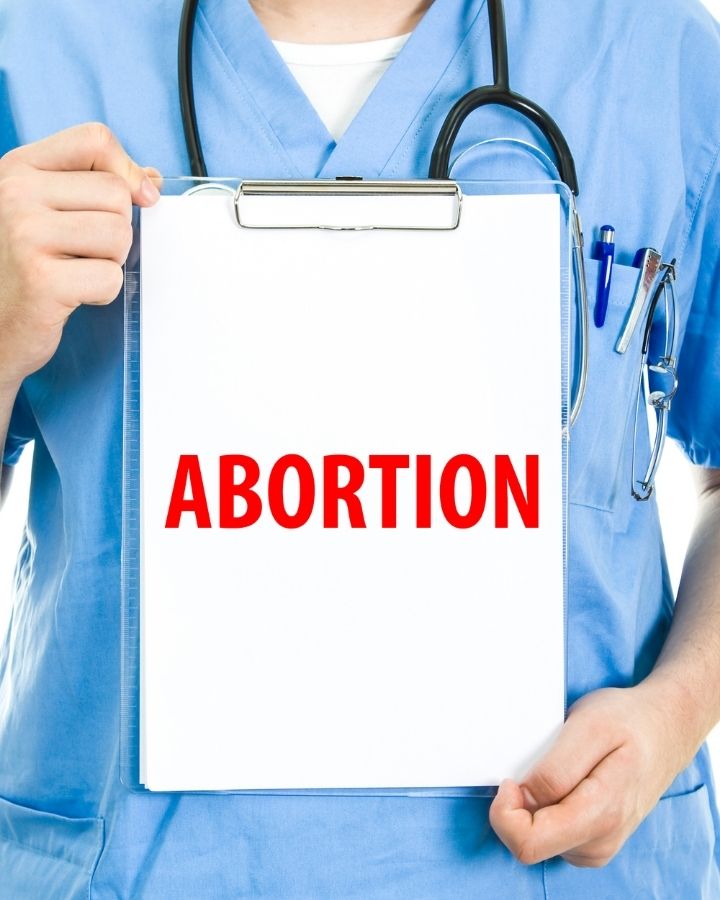The phrase “Partial Birth Abortion” is not a medical term, but rather was formed as political terminology, referencing the Partial Birth Abortion Ban, a political debate between Pro-Life and Pro-Choice groups in the mid-1990s. The medical term for the main procedure referred to by the phrase Partial Birth Abortion is Intrauterine Cranial Decompression. This procedure is commonly known as Intact Dilation and Extraction, or IDX.
IDX or Partial Birth Abortion is a complicated procedure, the initial stages of which begin 2-3 days before the actual procedure is performed. Sticks of absorbent seaweed called laminaria tents are inserted into the cervix. As the laminaria tents absorb fluid, they swell and dilate the cervix. Using forceps, the doctor takes the fetus’ leg and uses it to move the fetus into breech position. Most of the body of the fetus is extracted from the cervix, leaving the head inside – thus the advent of the term Partial Birth Abortion. The doctor then makes and incision in the base of the skull, through which the brain matter is suctioned using a catheter. The fetus’ head collapses and makes it easier for the head to come out of the woman’s body. The walls of the uterus are scraped using a curette.
Late-term abortion procedures like IDX (Partial Birth Abortion), Dilation and Evacuation, and induction of labor are very, very rare. The reasons for having an abortion between the 20th and 24th weeks of pregnancy are varied, but most women have them after the doctors inform them that the fetus is abnormal or has a malformation. IDX is chosen above other procedures because it prevents the woman from having to experience labor or scarring surgery. Sharp instruments are only used to make the incision and to scrap the uterine walls. Also, if the fetus is aborted because of hydrocephalus, the normal size of the skull would not be able to pass through the birth canal.
Legally speaking, the Partial Birth Abortion Ban was passed by Congress and signed into law by President George W. Bush in 2003. Previously, Congress had tried to pass this law twice before, but it was vetoed both times by President Bill Clinton. The current law prohibits Partial Birth Abortion, but does provide for the physical and mental well-being of the mother, should she be in danger. It does not, however, provide the option for abortion in instances of life-threatening situations. Thus, the Supreme Court is looking into the Partial Birth Abortion Ban law as it is currently written.



